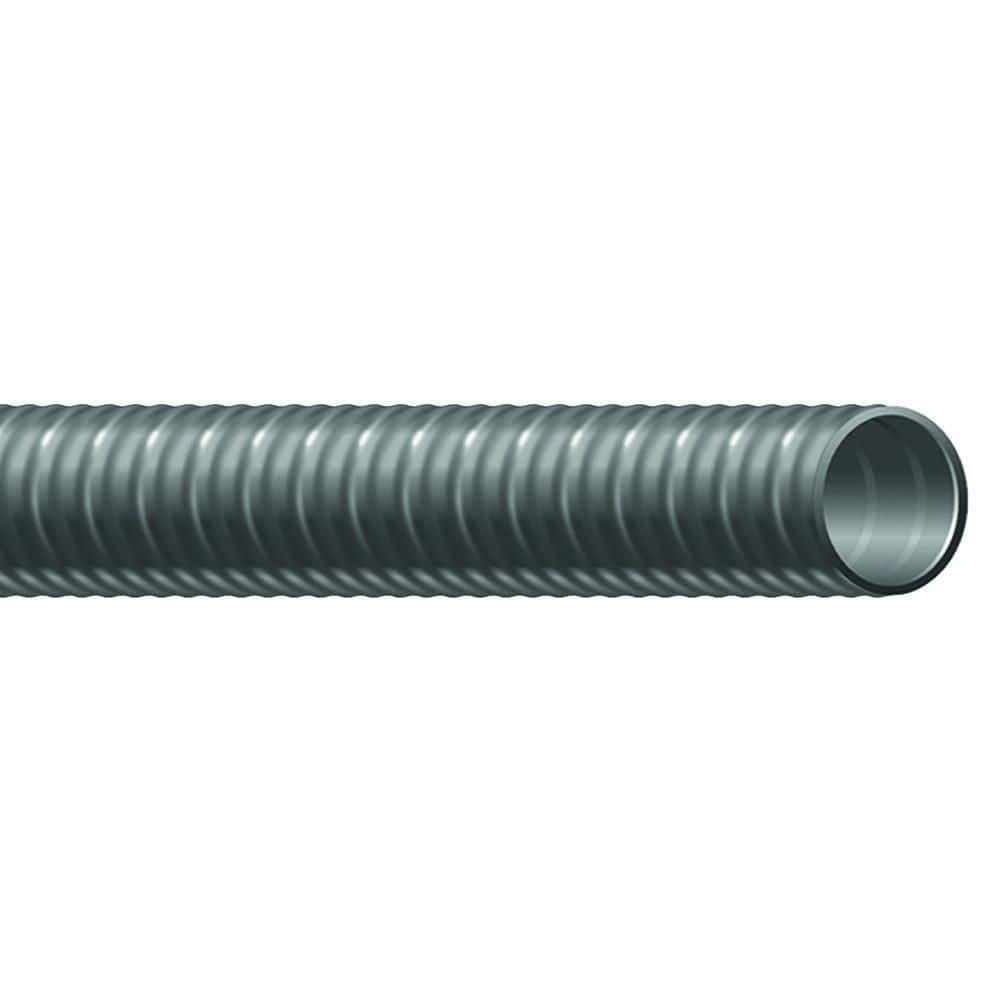I may have an opportunity to bury a conduit/sleeve for future ethernet and other runs in my yard.
Getting wired up for internet service, and they will trench down around twelve inches to bury their line.
If I happen to have a 100-foot section of 1.5 inch plastic pipe at hand, I might just be able to get it in there for future use as a conduit.
I came across this pipe:
1.5 inch plastic pipe as in-ground conduit
Would this be suitable for the purpose – just happens to be the least expensive plastic pipe I could find.
If it can hold gas, surely it can serve as a conduit for skinnier pipes or cables.
Getting wired up for internet service, and they will trench down around twelve inches to bury their line.
If I happen to have a 100-foot section of 1.5 inch plastic pipe at hand, I might just be able to get it in there for future use as a conduit.
I came across this pipe:
1.5 inch plastic pipe as in-ground conduit
Would this be suitable for the purpose – just happens to be the least expensive plastic pipe I could find.
If it can hold gas, surely it can serve as a conduit for skinnier pipes or cables.

